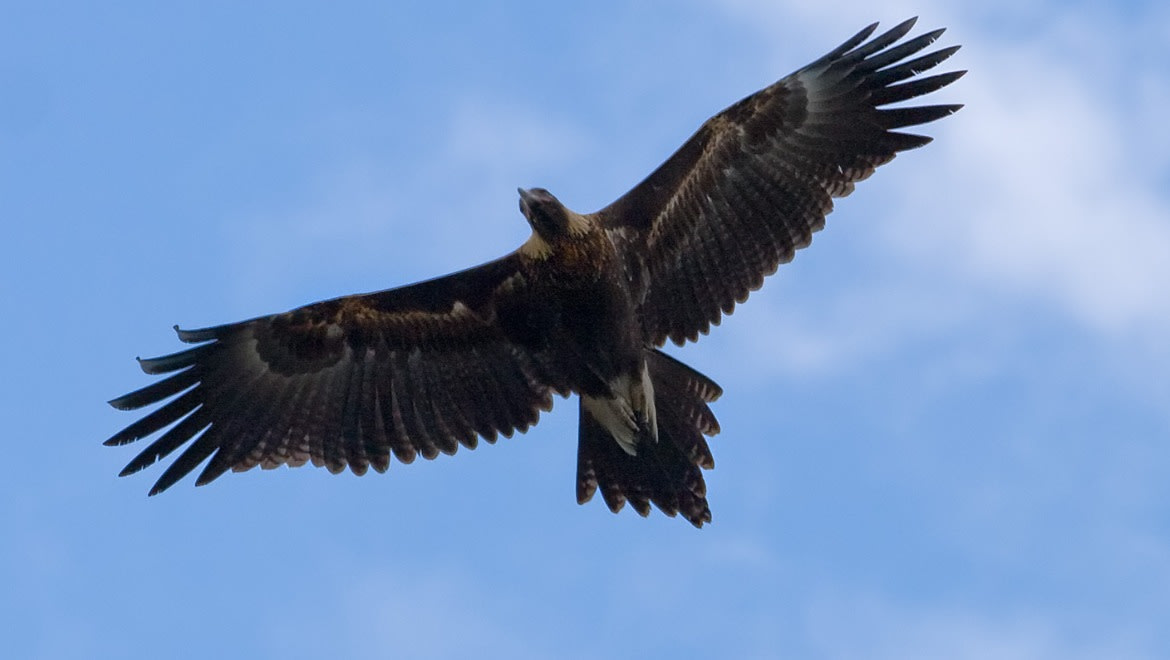
A wedge-tailed eagle looks likely to have been behind a Bell LongRanger crash that killed a 67-year-old pilot in Sydney.
An ATSB preliminary report revealed the bird’s carcass was located near the main wreckage site, while investigators found no underlying defects with the aircraft’s engine, structure or flight controls.
The accident killed pilot Carl Hearps, who was flying to the village of St Albans from a private helipad at Cattai.
Aquila audax, better known as the wedge-tailed eagle, is the largest bird of prey in Australia and can weigh up to 5kg. So-called ‘bird strikes’ are a common cause of aviation accidents and collisions globally, though don’t always result in fatal incidents.
The ATSB’s chief commissioner, Angus Mitchell, said, “With this evidence indicating a bird strike occurred prior to an in-flight break-up, the investigation moving forward will aim to determine the full sequence of events, and potential safety learnings from this accident.”
The ATSB report revealed the Bell 206L1 LongRanger, registered VH-ZMF, had departed a private helipad in Cattai. The helicopter then climbed to about 700 ft above mean sea level and tracked north towards the planned destination in St Albans.
A witness to the south of Dargle Ridge recalled seeing a helicopter moments before the accident, flying straight and level towards the north, and that weather conditions were good, with clear skies and light winds.
“Several witnesses described then seeing the helicopter enter a rapid banking turn to the right while pitching up,” Mitchell said.
“They heard several rotor beats change tone before a final louder noise.”
Witnesses then recalled the helicopter pitching and rolling while descending, with one witness describing separation of the main rotor blades from the helicopter.
Smoke was then observed rising from the area where the helicopter descended. The helicopter was subsequently found to have been destroyed by a post-impact fire, with the pilot sustaining fatal injuries.
“Site and wreckage examination undertaken by the ATSB determined that the vertical stabiliser, aft section of the tail boom, tail rotor and tail rotor gearbox were severed in flight and found separate to the main wreckage,” Mitchell explained.
“No pre-accident defects were identified with flight controls, aircraft structure or the engine.”
The carcass of the bird was eventually found to the south-west of the main wreckage site, near a section of rotor tip.
The carcass, the main rotor blade tip and a section of the impacted tail boom were recovered from the site for further analysis.
“Testing on the bird carcass and biological residue found on external helicopter surfaces at the main wreckage site identified both as Aquila audax – commonly known as a wedge-tailed eagle,” Mitchell said.
The ATSB’s investigation into the accident is continuing. A final report, which will include analysis and findings, will be released at the conclusion of the investigation.















